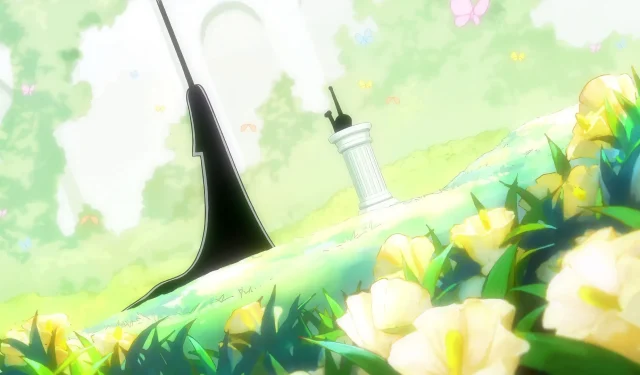As One Piece embarks on its concluding saga, fans are delving deeper into the enigmatic powers and roles of the World Government’s elite—particularly the Five Elders. These Celestial Dragons, esteemed as the ultimate authority under Imu-sama, wield extraordinary abilities that hint at a darker layer of the series’ lore.
The Five Elders possess the ability to morph into fearsome Yokai-like beings, showcasing a range of ominous supernatural powers. They can communicate telepathically over vast distances and utilize a method called “summoning through the Abyss” for extraordinary teleportation, utilizing pentagram-like circles as conduits. A glimpse of this can be observed in the Elbaph Arc, where the World Government’s Holy Knights also tap into this method of travel.
Moreover, these Elders exhibit remarkable resilience, boasting an apparent immortality that allows them to recover from severe injuries including decapitation. While the origin of their powers remains shrouded in mystery, a thought-provoking theory proposed by Reddit user @Deicide-UH suggests that these abilities may be linked to Imu’s darker machinations hidden within the secretive realm of Mary Geoise, the capital of the World Government.
Disclaimer: This article contains major spoilers from the One Piece manga up to chapter 1146.
Imu’s Malevolent Scheme: Magic’s Dark Origins
Unveiling the Elders’ Arcane Powers
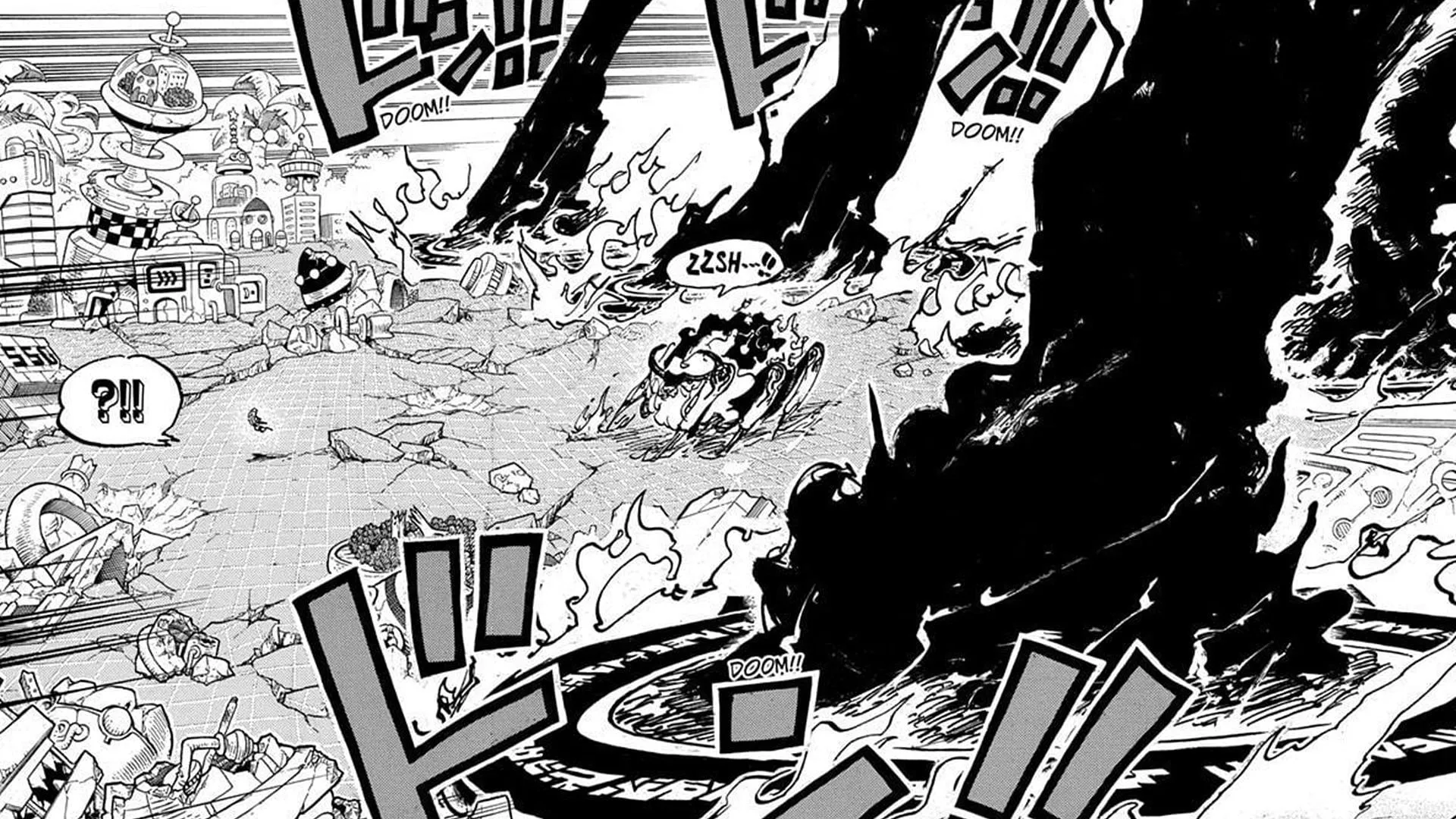
With their powers, the Five Elders unleash fiery black energy and lightning akin to Haki, lighting up their surroundings. This phenomenon is particularly evident when characters like Shamrock and Gunko make their appearances in Elbaph, further demonstrated when the Holy Knights emerge from their teleportation circles.
Although the precise nature of these supernatural abilities is still under debate, many speculate a connection to Imu-sama, who directs the World Government from behind the scenes. This conjecture gained weight when Saint Saturn Jaygarcia was purportedly stripped of his immortality by Imu, resulting in his catastrophic demise through the eruption of black lightning and energy that decimated him.
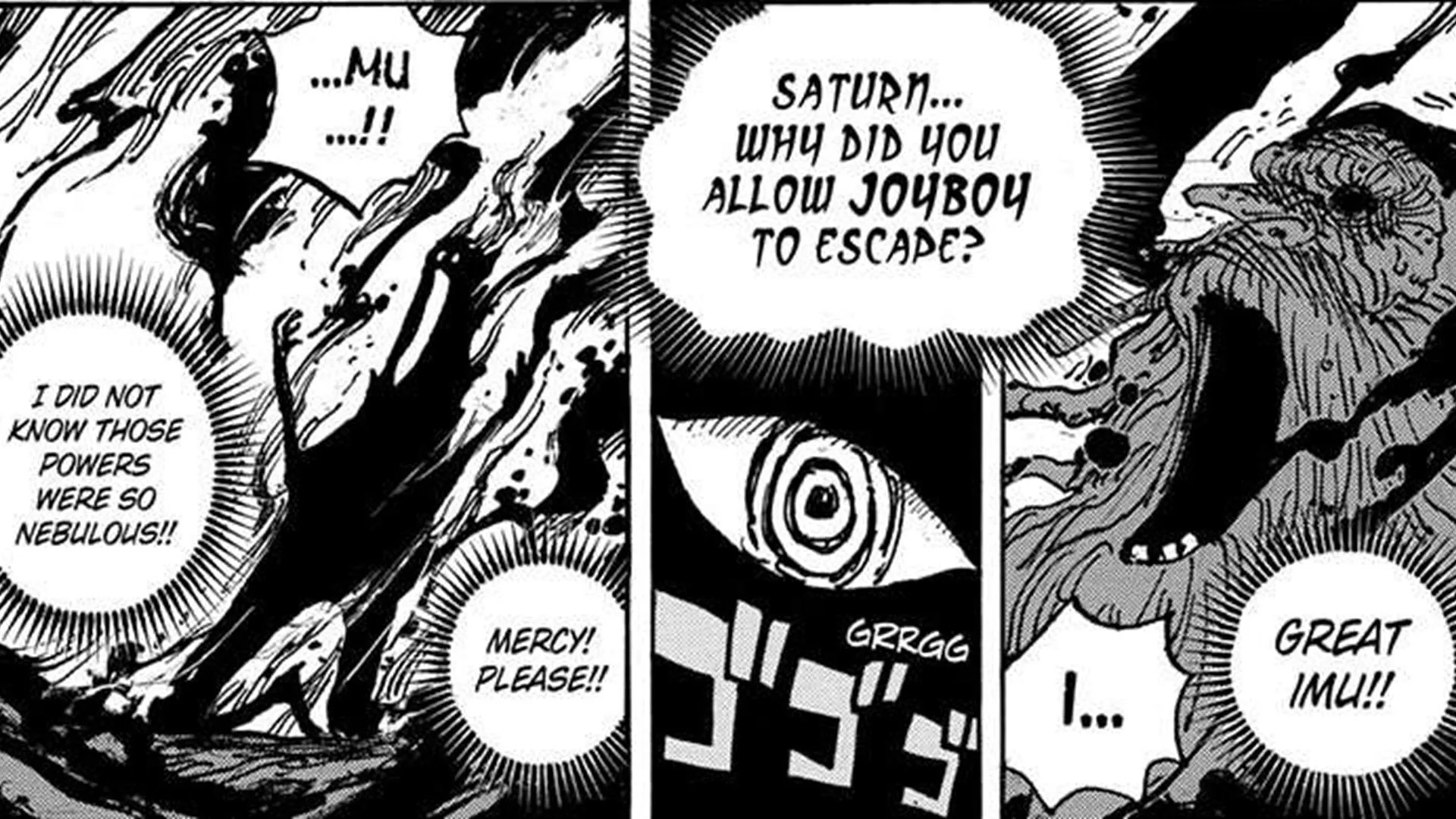
This incident solidifies the link between Imu and the Elders’ abilities, raising critical questions about the essence of these powers. It may very well be that a combination of Devil Fruit capabilities and Haki drives their extraordinary skills. Haki, recognized as the ability to control spiritual energy for superhuman feats, aligns with contemporary fantasies across various narratives.
Recent One Piece revelations indicate that Haki can be conserved and deployed long after its original user’s demise, as seen with the legendary Joy Boy. He transferred part of his Conqueror’s Haki to his friend Emet, suggesting that “stored Haki” could clarify the mystical abilities exhibited by the Celestial Dragons.
The Abyss Summoning: A Hidden Mark of Power
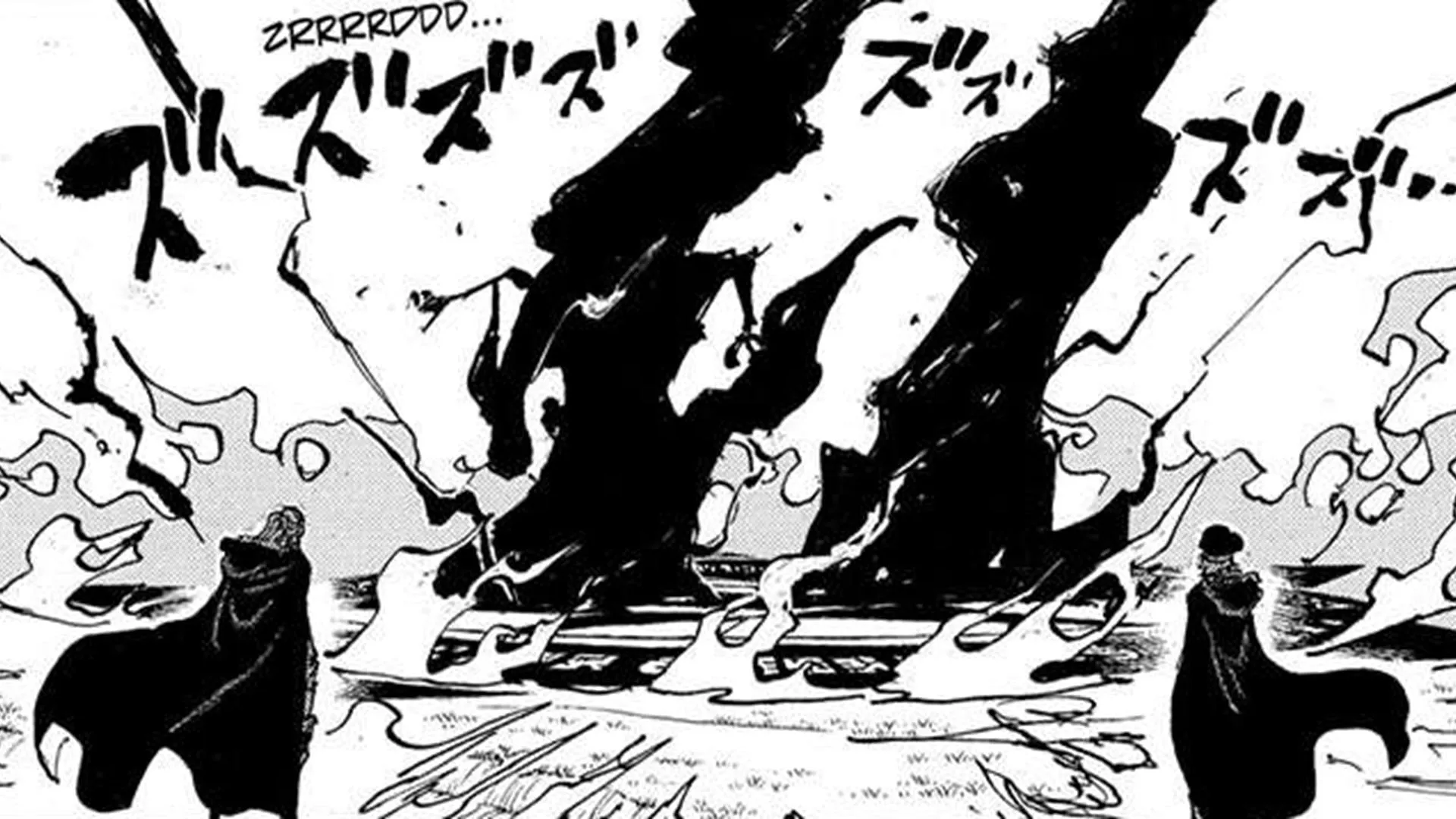
According to @Deicide-UH, the ability to perform Abyss summoning is restricted to individuals with a certain mark. Those branded can traverse the circles, while unmarked individuals are left behind. In One Piece, the slaves of the Celestial Dragons bear a mark known as “The Hoof of the Soaring Dragon,”which serves as a badge of their enslavement.
This theory implies that this mark may be the key to understanding the connection between the Abyss summoning and the Elders’ powers of regeneration and evident agelessness. If the hypothesis holds, the dark energy unleashed in battle could derive from the pooled spiritual energy of countless oppressed individuals who have languished under the World Government’s yoke.

In the shadows of Mary Geoise, Imu-sama may be siphoning this spiritual energy from the enslaved populace. This horrific harvest could serve to empower Imu’s most loyal subordinates with powerful abilities, reinforcing the theme that what appears majestic often conceals grim realities.
Aligning Theory with One Piece’s Themes
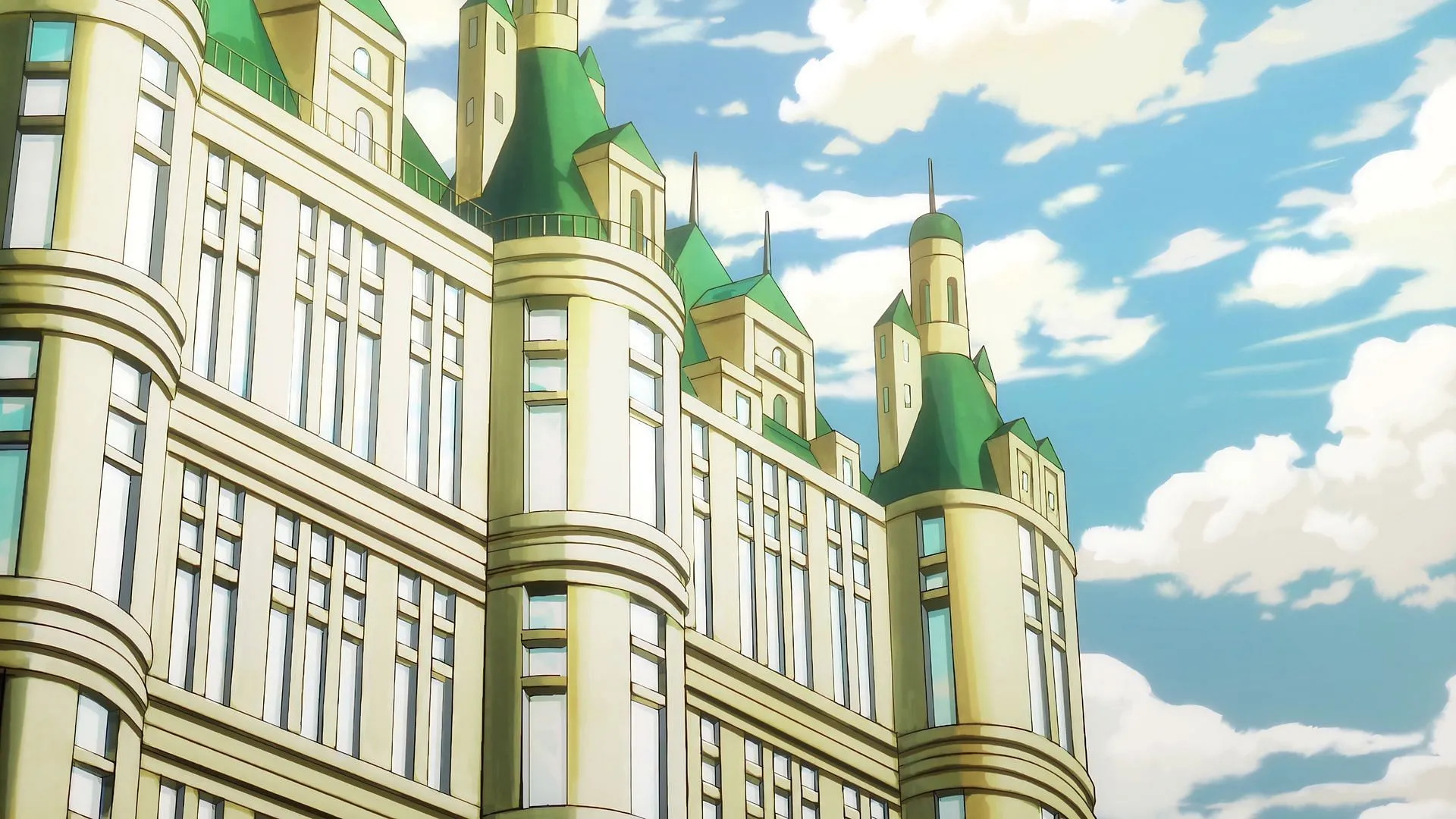
This perspective elucidates why Imu permits the non-combatant noble Celestial Dragons to remain. Although they are celebrated as “gods,”many lack unique abilities, threatening nothing to Imu as rulers of the Empty Throne. Their ongoing enslavement activities could serve as a mask, diverting attention from the true, sinister purpose of Mary Geoise.
Moreover, this insight aligns with previously established motifs in One Piece that highlight the dichotomy between superficial beauty and lurking darkness. The narrative maintains that behind every splendid facade lies a dire truth, a theme echoed in Sabo’s recollection of the recent Levely.
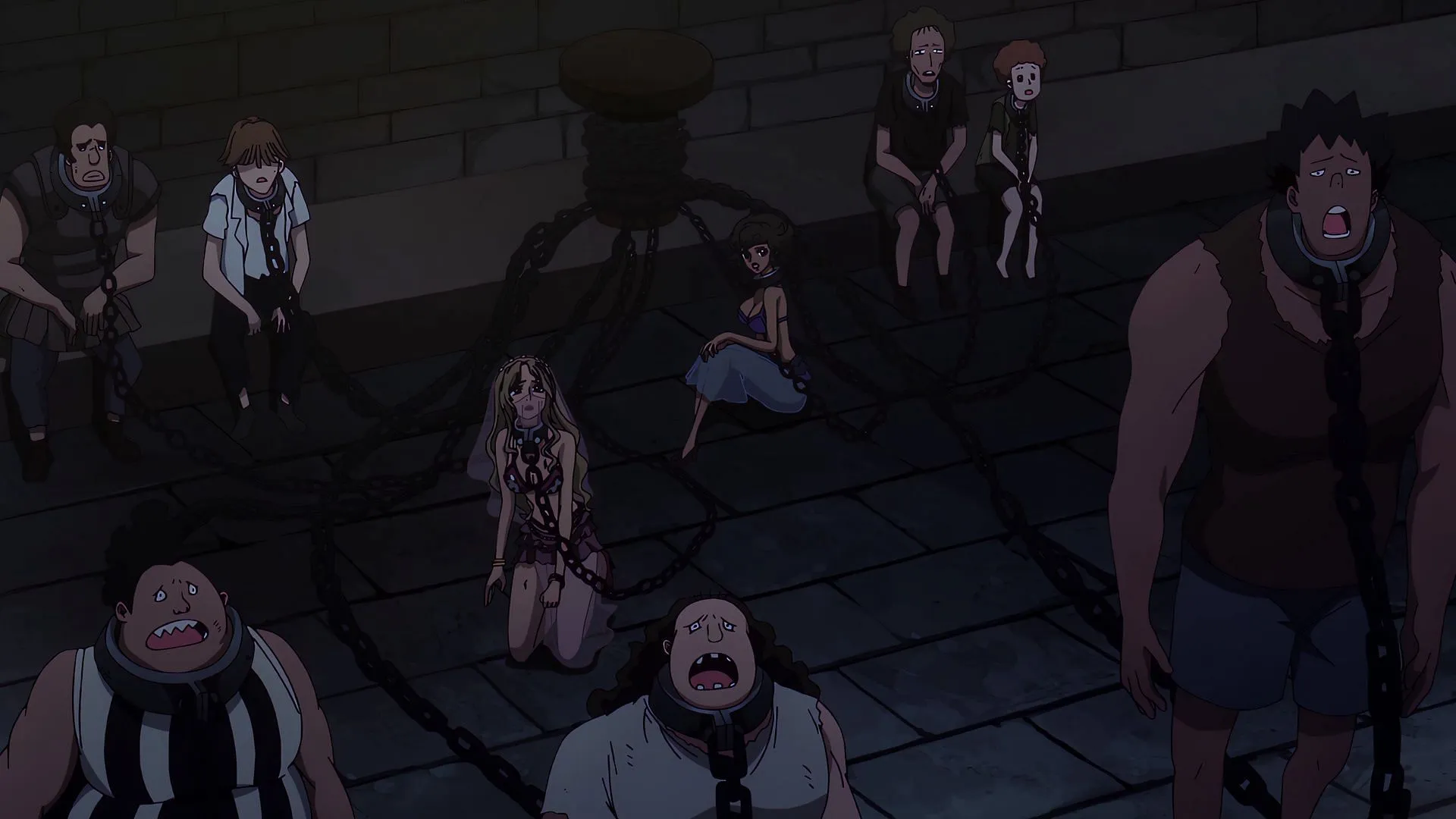
In essence, while the nobles utilize slaves to fulfill lavish demands, the underlying motive could be Imu’s need to extract their spiritual essence. Although the process remains undefined, speculation suggests that Imu’s transformation into a horrific creature may be intricately linked to this exploitation.
Imu’s potential association with a more potent version of a Devil Fruit akin to Big Mom’s Soul-Soul Fruit could further amplify this connection. While Big Mom harnesses souls from subjugated individuals, Imu’s hypothetical fruit may allow the extraction and distribution of spiritual energy to empower subordinates.
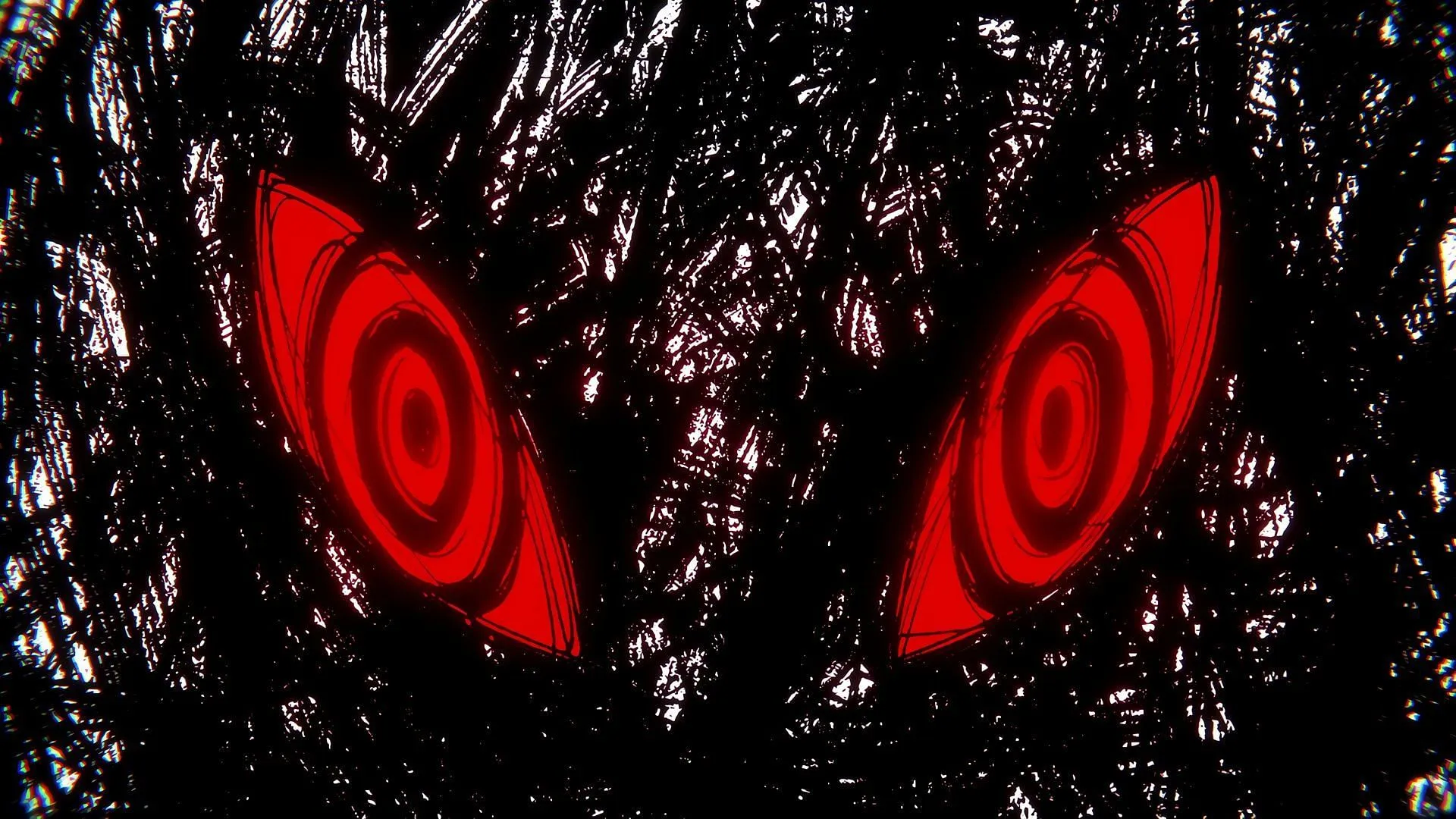
This theory may raise concerns among fans due to its parallels with Kaguya from Naruto, who enslaved the world to extract chakra from her followers. Nonetheless, it’s equally plausible that the World Government’s advanced technology, inherited from the Ancient Kingdom, could explain their abilities, giving them a magical appearance.
Ultimately, the notion of Imu harvesting spiritual energy from oppressed individuals could resonate deeper with One Piece’s central themes of liberation and resistance against tyranny. Thus, the protagonists’ quest to overthrow Imu represents not just a battle against an antagonist but also a fight to liberate the world from centuries of oppression.
